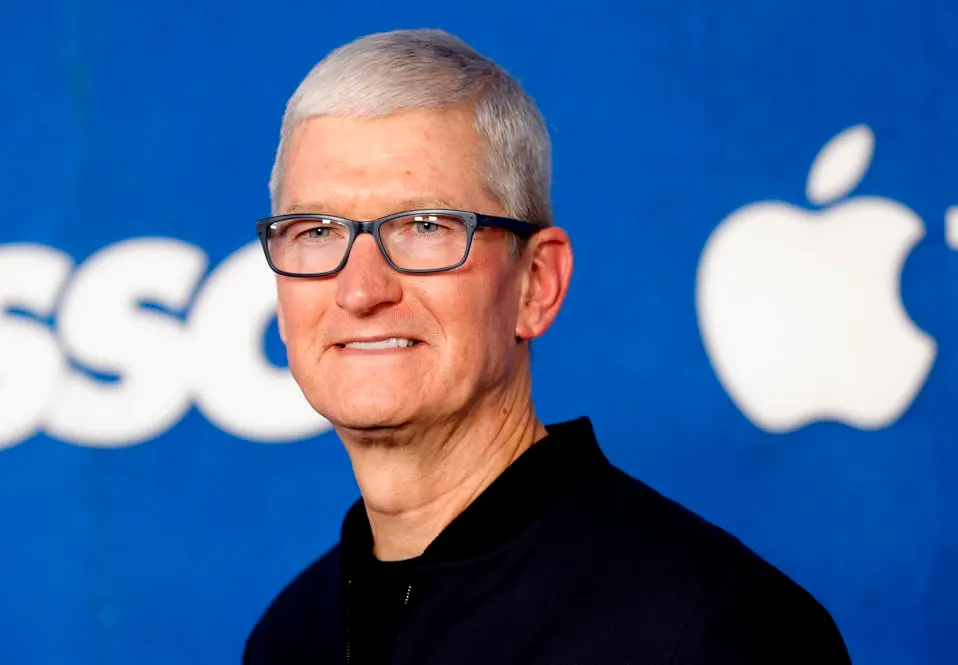Tim Cook’s tenure as the Chief Executive Officer of Apple Inc. has been nothing short of transformative. In this comprehensive case study, we will explore the multifaceted aspects of Cook’s leadership, his innovative strategies, and his commitment to sustainability.
Chapter 1: The Torchbearer of Apple
In August 2011, Tim Cook took on the monumental responsibility of succeeding Steve Jobs as Apple’s CEO. His journey began with the formidable challenge of preserving and advancing the iconic company’s legacy. Cook’s leadership style emphasized collaboration, transparency, and a deep sense of responsibility to both shareholders and customers.
Chapter 2: Supply Chain Maestro
Cook’s role as Apple’s Chief Operating Officer prior to becoming CEO gave him a unique perspective on the importance of efficient operations. His relentless focus on streamlining the supply chain, improving manufacturing processes, and minimizing inventory costs contributed to Apple’s ability to release products with minimal delays.
Chapter 3: Expanding Product Portfolios
Under Cook’s guidance, Apple expanded its product offerings beyond the iPhone. The introduction of the Apple Watch, AirPods, and HomePod demonstrated Apple’s commitment to diversifying its product portfolio. This strategic move not only reduced the company’s reliance on iPhone sales but also introduced new revenue streams.
Chapter 4: Software and Services Emphasis
Recognizing the growing significance of software and services in the technology industry, Cook oversaw the development of Apple’s services ecosystem. Initiatives like Apple Music, Apple Pay, the App Store, and iCloud have become integral to the Apple experience. They have not only boosted revenue but also enhanced customer loyalty.
Chapter 5: Sustainability & Social Responsibility
Cook’s Apple embraced sustainability and social responsibility. The company made substantial investments in renewable energy sources, reducing its carbon footprint and pushing the industry toward more eco-friendly practices. Apple’s stance on user privacy and its fight for encryption have also positioned it as a leader in ethical tech.
Chapter 6: Navigating Challenges
During Cook’s tenure, Apple faced challenges such as declining iPhone sales, increased competition, and ethical dilemmas regarding issues like user privacy. Cook tackled these challenges through innovative product design, international expansion, and by defending user privacy rights.
Chapter 7: Financial Triumphs
Under Cook’s leadership, Apple’s market capitalization soared, making it the first publicly traded trillion-dollar company in the United States. The company’s consistent financial success is a testament to Cook’s effective management and strategic vision.
Chapter 8: The Apple Ecosystem
Cook’s tenure emphasized the integration of Apple’s hardware, software, and services. The Apple ecosystem became more interconnected than ever, creating a seamless user experience that retained customers and solidified Apple’s position in the tech industry.
Chapter 9: The Post-Jobs Era
Tim Cook’s leadership navigated the challenging transition from the Steve Jobs era to a new chapter of innovation and growth. His ability to lead and inspire was pivotal in preserving Apple’s spirit of innovation.
In Nutshell
Tim Cook’s time as Apple’s CEO showcases his extraordinary leadership and innovative approaches in the tech industry. His emphasis on supply chain efficiency, product diversification, software and services, sustainability, and the Apple ecosystem has redefined the company’s identity and cemented its standing as a global tech powerhouse.
Epilogue
As Tim Cook continues to guide Apple into the future, his legacy as a tech visionary and leader remains secure. The world watches with anticipation, eager to see how he will further shape the company, redefine the tech landscape, and contribute to a sustainable and ethical tech future.
